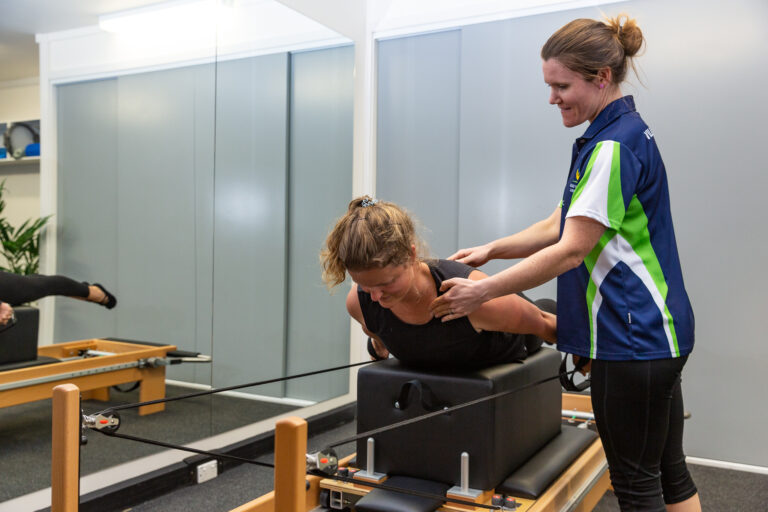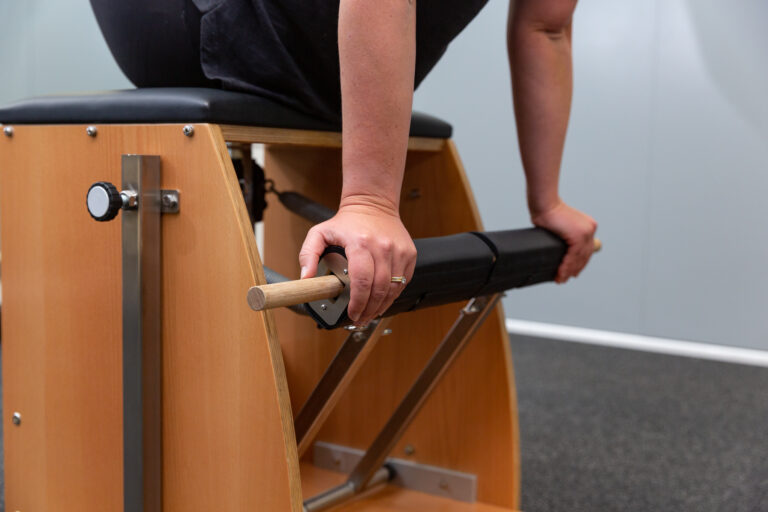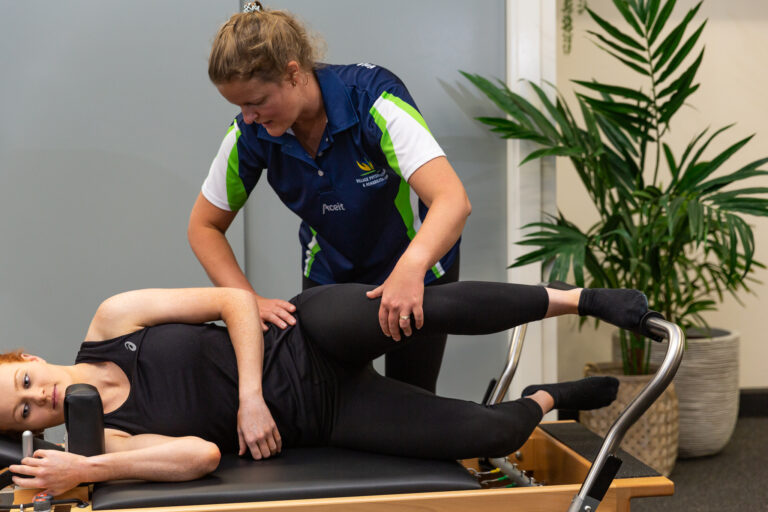Why Pilates?
Have you ever wondered why Pilates is recommended for you? Pilates is a form of exercise that focuses not only movements of the body but also mastery of the mind. We like to think that pilates centers around the mind body connection. As a result of this the benefits of performing pilates include:
- Improved coordination, strength and mobility
- Efficient and flowing movement
- Improvement in self awareness and self confidence
- Enhanced quality of life and sense of well-being
Our team have done extensive training in the Polestar Pilates Method which focuses on the below Principles of Movement. Through the integration of the principles we are able to ensure you have recovery from your injury/pain as well as the ability to move well, feel well and live well.
Breathing
Movement facilitates breath and breath facilitates movement. These go hand in hand. Without one you cannot have the other. Just think of how many times you have held your breath when trying something difficult – then someone tells you to breathe – the movement becomes easier, more free and open.


Axial Elongation and Core Control
Axial elongation aligns the body in its optimal position thus increasing freedom and efficiency of movement. When we think of axial elongation, we think of growing taller. Try this – sit slouched in a chair and rotate your chest side to side, then repeat whilst sitting up tall. With correct spinal alignment, your rotation range will be increased – then combine it with different breath patterns.
Spine Articulation
Our favourite Joseph Pilates quote “If your spine is inflexibly stiff at 30, you are old; If it is completely flexible at 60, you are young”. In order for the spine to move well, it needs optimal alignment and equal distribution of forces throughout its length.
Organisation of the head, neck and shoulders
Knowing where your body is in space is an integral part of pilates. During any movement or exercise it is essential to ensure that the alignment of the head, neck and shoulders is maintained to avoid putting unwanted stress and strain through these regions leading to injury.


Alignment of and weightbearing of the extremities
“Ideal alignment involves all body parts approximating toward the central axis, as much as structure permits” – Eric Franklin. Through optimal alignment of the arms and legs during motion/exercise, optimal force transference can occur throughout the body leading to efficient motion.
Movement Integration
“The movement of the mind is reflected in the movement of the body and the movement of the body in the movement of the mind. To move is to develop the strength of this dynamic relationship between the mind, body and the living synergy of one’s environment” – Dawn Strom. Good quality movement requires optimisation of the above, as is optimisation of the mind.


Our question to you is – have you thought recently about how you move and why you move that way? Have you thought about trying pilates to assist in rehabilitating your post op knee, “bad” back or neck and shoulder pain? You may just be surprised at how much you can get out of attending high quality pilates classes where your movement therapy is tailored to your individual needs.
Contact us now to book in.
Maddie (Physio and Pilates Instructor).